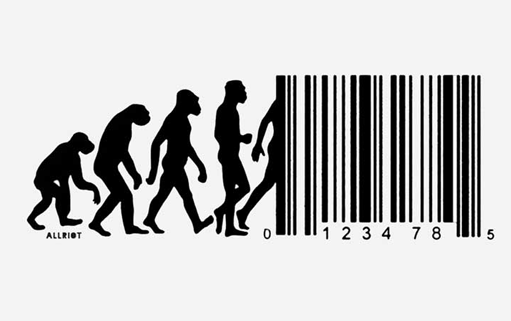In our ever technologically advancing culture, we often find ourselves immersed in it’s dazzling mosaic ŌĆō the movies we watch, the art we appreciate, and the music that sounds in our ears. Yet, beneath the surface of this seemingly diverse and rich cultural landscape lies the what experts refer to as the “culture industry.”
What is the culture industry?
According to an article published by Science Direct: “The concept of cultural industries, or creative industries, embraces industries that combine the creation, production, and commercialization of creative content, which can have the form of a good or a service.”.
The culture industry, as theorized by Theodor Adorno and explored by his mentor Walter Benjamin, is an entity that not only shapes our preferences, but molds our identities. They argued that, at its core, the culture industry functions solely on capitalistic principles. It is not simply a platform for artistic expression or intellectual exploration. Instead, it operates as a well-oiled machine designed to generate profit. Films, art, and music, once considered the expressions of human creativity, are commercialized products strategically crafted to cater to the masses. The uniformity this creates veils the diversity it pretends to celebrate.
Consumers, in this context, are subconsciously not free to make choices based on personal taste. Rather, they are preselected into types, neatly categorized to fit the mold that the culture industry deems profitable. As Adorno succinctly puts it, “Individuals experience themselves through their needs as eternal consumers as the culture industryŌĆÖs object.” In essence, our identities are intertwined with the products we consume, shaping us into ideal consumers for the capitalistic system.
Adorno, seeking to answer this question, found resonance in Walter Benjamin’s articulation in “The Work of Art in the Age of Mechanical Reproduction.” The idea is simple yet profound: culture becomes an integral part of the capitalist system. It is not solely meant for profit; rather, it plays a dual role in producing consumers adapted to the needs of a capitalistic system while simultaneously perpetuating homogeneity.
I personally see the culture industry as two sides of a coin. Adorno and Benjamin’s theories raise valid concerns. Art, specifically music and film, making can be heavily commodified. And perhaps artists are also influenced by commodified art and the cycle continues. But I also feel as though artists are fueled by the heaviness of their life experiences and wanting to share them with the world. I don’t believe the entire culture industry is based on what Adorno and Benjamin have theorized, but it is a topic worth discussing and considering when consuming media.
References
Gomez-Diago, G. (2016)┬ĀThe role of shared emotions in the construction of the cyberculture: From Cultural Industries to cultural actions: The case of crowdfunding,┬ĀEmotions, Technology, and Social Media. Available at: https://www.sciencedirect.com/science/article/abs/pii/B9780128018576000038 (Accessed: 12 November 2023).┬Ā
Gumbrecht, H.U. and Marrinan, M. (2003)┬ĀMapping Benjamin: The work of art in the digital age. Stanford, CA: Stanford University Press.┬Ā

